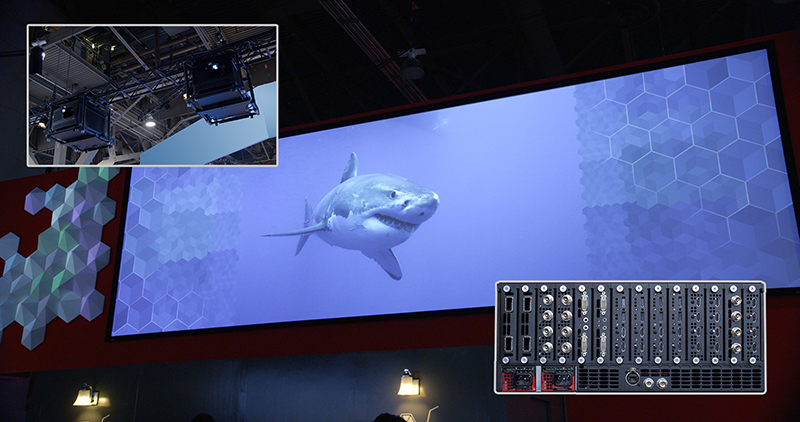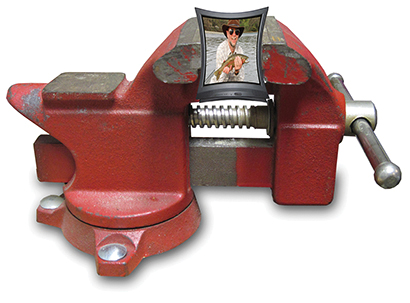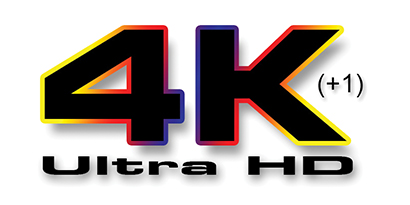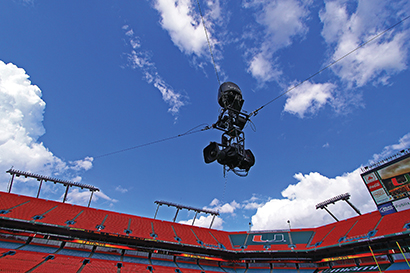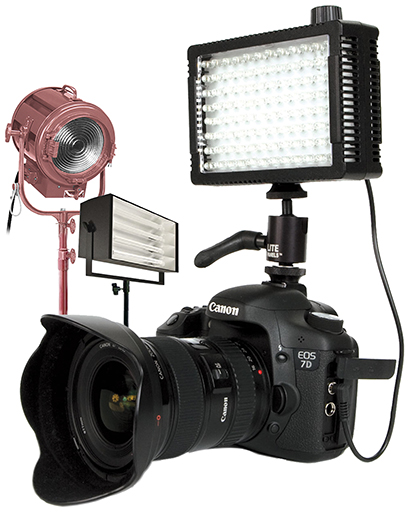The Next Evolution in Presentation Switching
Over the last few years, I’ve written several columns on the subject of 4K, and the message in the consumer marketplace remains unchanged: the big television manufacturers need shiny new toys to sell, and 4K gets the nod. Granted, the pictures are stunning, the resolution is remarkable, the price point is way higher than HD, and 4K content is very scarce.
